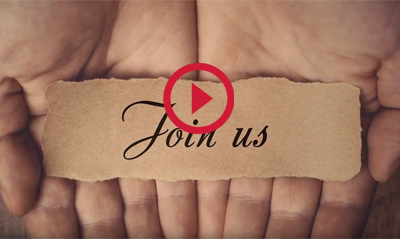Dr. Mary Manz Simon,
ALOA Board of Directors Emeritus
Did I catch your attention?
That’s terrific, because you might see 10,000 ads today in addition to countless other messages. To protect us from overload, our brains screen out most pieces of communication.

So how can older adult ministry communications capture the attention of potential participants?
Adding an element of surprise invites us to notice one message among the many which clamor for attention. Surprise drives delight. Just think of asking a grandchild, “Are you ticklish?” He starts laughing before you touch his belly. Even the anticipation delights him!
Older adults like nice surprises, too. Adapt these tips so that an element of surprise connects to your ministry:
- Build the buzz. Two-thirds of consumers want to connect on social media, so maximize your computer network. Include in your next email a link to brief, fun (or funny?) video clips from TikTok. Send a joke that ties into the upcoming program or theme. Don’t be a pest, but on a regular basis, let older adults in your congregation know they exist by encouraging a smile!
- Incorporate mystery. A secret is free, easy and triggers curiosity. Gradually release details about an upcoming event but keep some elements a secret. You might greet attendees with a hot spiced cider or offer an unexpected drawing for gift cards to a local restaurant. People will be eager to see what you’ve been hiding!
- Use music. Partner with your church pianist or organist to offer a “sing-a-long” segment of favorite Christmas carols. Or, use seasonal hymns and carols to tell the story of the First Christmas through a musical Christmas card.
- Grow senior chefs. Teach how to prepare an individual serving of a simple, healthy recipe that attendees will enjoy later during the meeting or event.
- Adapt the concept of a “painting party.” Upon arrival ask each attendee to add a line, symbol or mark to a vase that can then be offered as the premium “Older adult ministry vase” at an upcoming church bazaar.
- Set up a photo booth with props that match your event or meeting theme. Include a permission form; then include selected images in upcoming publicity.
A surprising attention to detail, a surprising moment of connection or a surprising experience can all be sources of delight for older adults. Let surprise power up attendance at your next gathering!
Take a look at previous posts for more inspiration for older adult ministry.

